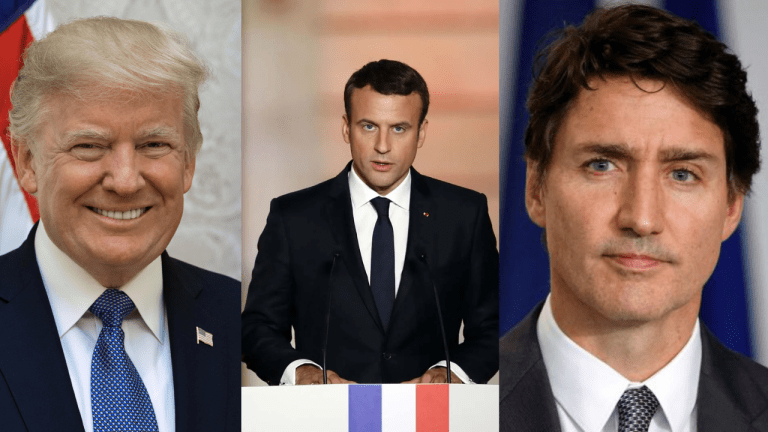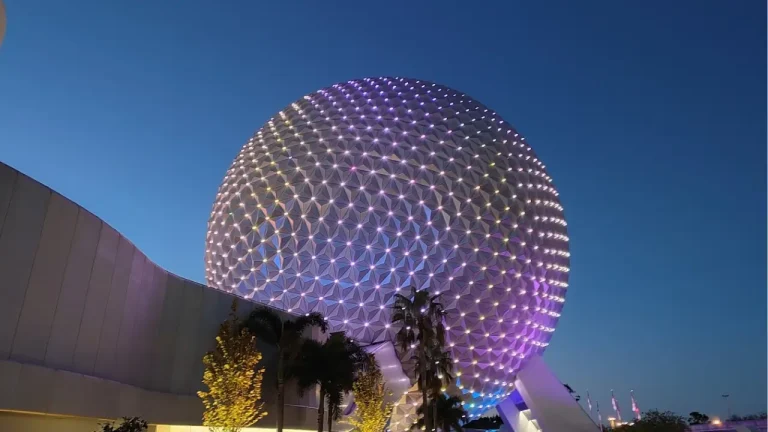Trump Plans to Rename Persian Gulf
In a move that could potentially reshape geopolitical linguistics and stir historical debates, President Donald Trump plans to announce the rebranding of the Persian Gulf to the Arabian Gulf or the Gulf of Arabia during his upcoming visit to Saudi Arabia.
This announcement marks a dramatic shift in official U.S. terminology, a change that aligns with requests from Arab nations but raises tensions with Iran, which has long asserted its historical ties to the waterway. This geographic body has been widely recognized as the Persian Gulf since the 16th century, although alternative names like the Arabian Gulf have been used regionally.
The decision rides on a backdrop of increased geopolitical tensions in the Middle East, where naming conventions bear significant political implications. While the White House remained silent on the issue, two anonymous U.S. officials confirmed the plans to reporters.
This move comes amid a rich history where Iran, previously known as Persia, has defended its cultural heritage tied to the Gulf, even threatening legal action against companies like Google for omitting the Persian Gulf designation on maps. Language carries weight in diplomacy; thus, this renaming could alter regional dynamics, influencing international relations and historic narratives. The rebranding sets the stage for debates on the influence of global powers on regional history and identity, prompting questions about how geographical nomenclatures intersect with politics.







